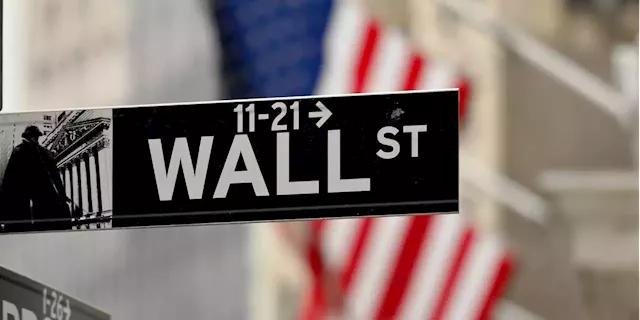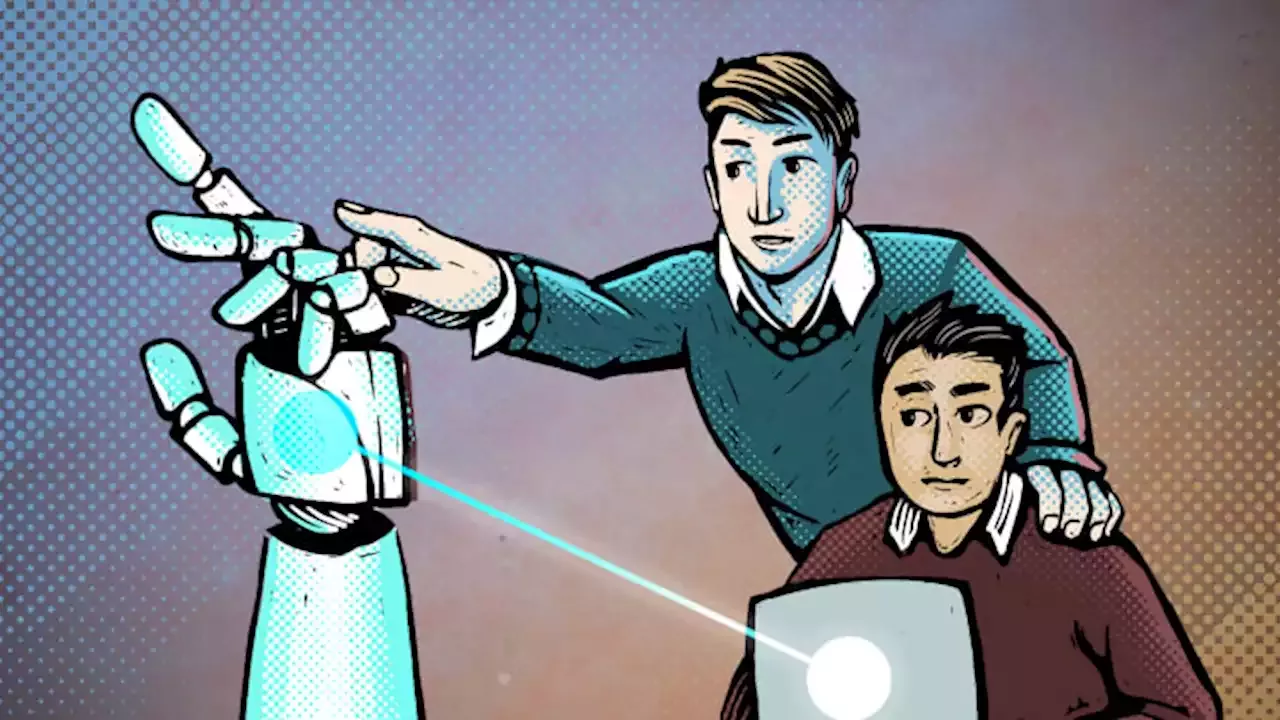For Shapeways, the idea began in the Philips' Electronics design department over a decade ago in Eindhoven, Netherlands. Then in 2012, it brought 3-D printing to the U.S. with a factory in Long Island City, Queens, housing 50 industrial printers and able to churn out millions of consumer-designed products a year, from art to fashion, lamps, necklaces, gadgets, games, drones, medical devices and robotics.
Co-founder Robert Schouwenburg says when the company first started, 3-D printing was relatively new, and he and his co-founders were so intrigued by the idea of just pressing a button and an object coming out. They, however, were surprised when printing just a 4x4 cube cost $100. That moment sparked their interest in figuring out how to make the technology more affordable.
With all the buzz about 3-D printing, manufacturers thought the technology could replace traditional industrial production quickly. But as with many disruptive technologies, innovative novelty is still a far way from scaling a business to compete with the cost structure of traditional industries. "If you fast forward 10 years later, that didn't materialize, and we're still at that stage where 3-D printing is used more and more, but it hasn't replaced traditional manufacturing," Schouwenburg said. "It's just one of the many manufacturing technologies available to companies to use in their manufactured goods," he added.
On both the industrial and consumer level, the technology has matured and has become more affordable, Schouwenburg says, but it hasn't offset system manufacturing technology. Though he too believes that much more change is coming within the next decade.
Deutschland Neuesten Nachrichten, Deutschland Schlagzeilen
Similar News:Sie können auch ähnliche Nachrichten wie diese lesen, die wir aus anderen Nachrichtenquellen gesammelt haben.
 Bank of America clients sold last week’s stock-market rally while buying ETFsBank of America clients sold the stock-market rally last week but were buying exchange-traded funds across styles in a tough year for equities, according to...
Bank of America clients sold last week’s stock-market rally while buying ETFsBank of America clients sold the stock-market rally last week but were buying exchange-traded funds across styles in a tough year for equities, according to...
Weiterlesen »
 Stocks Are Crashing But History Shows This Bear Market Could Recover Faster Than OthersThe current bear market is “light relative to many seen since 1946,” analysts say.
Stocks Are Crashing But History Shows This Bear Market Could Recover Faster Than OthersThe current bear market is “light relative to many seen since 1946,” analysts say.
Weiterlesen »
